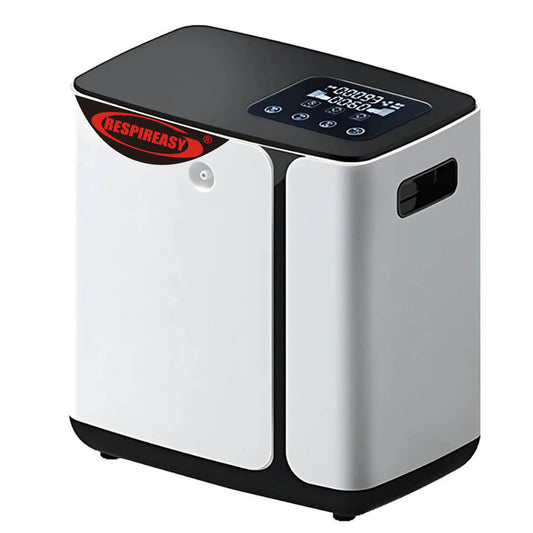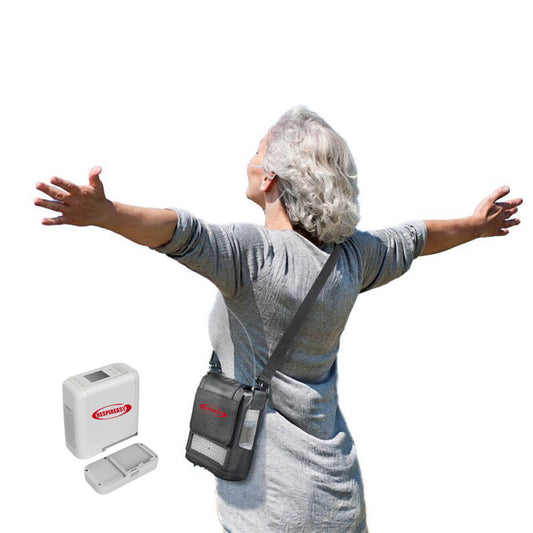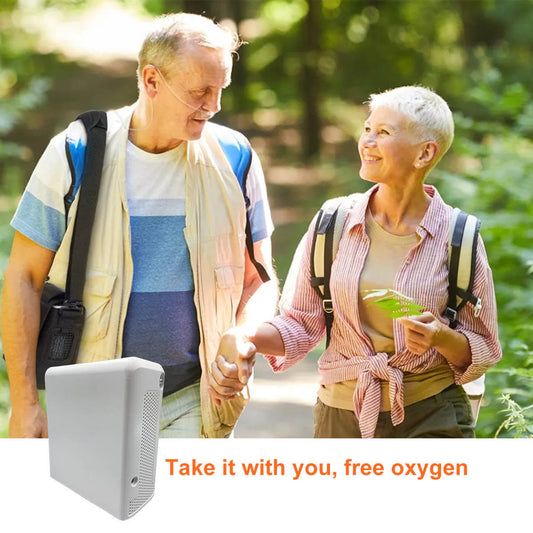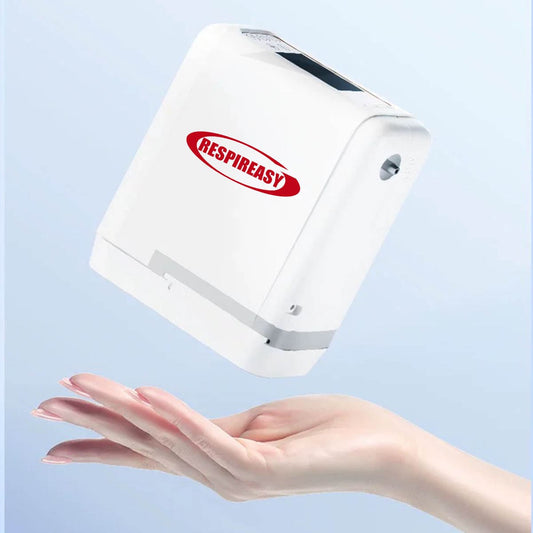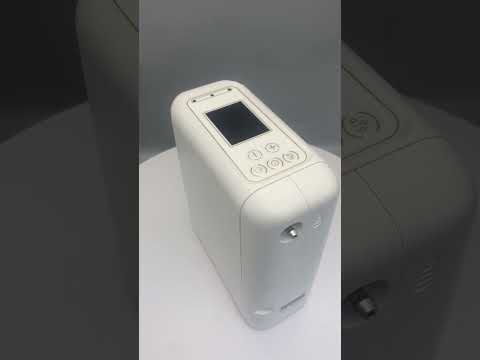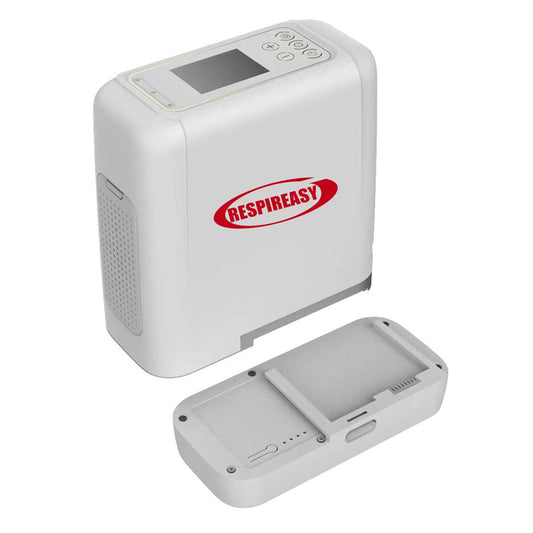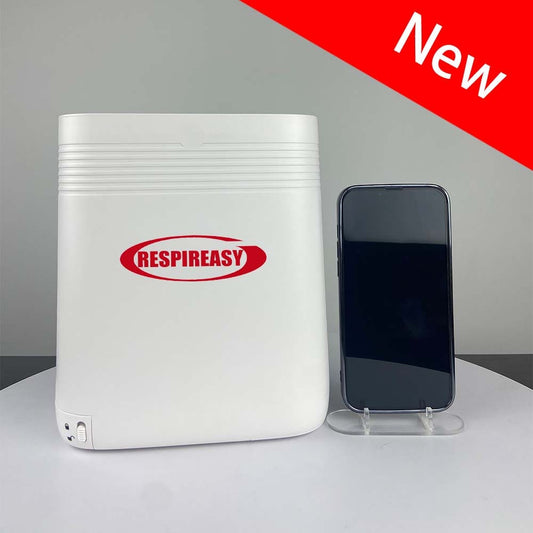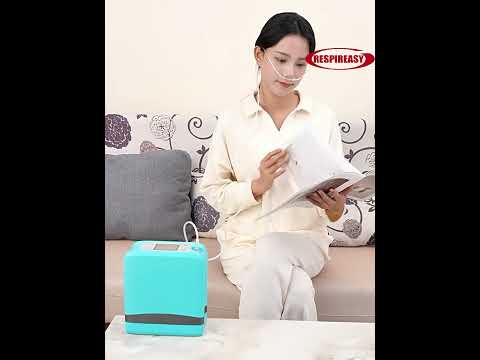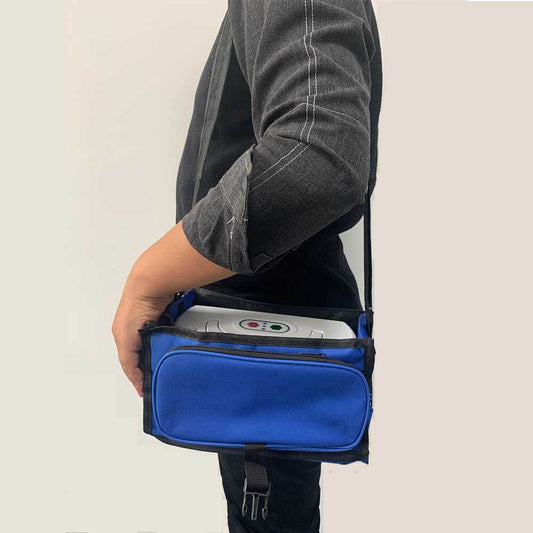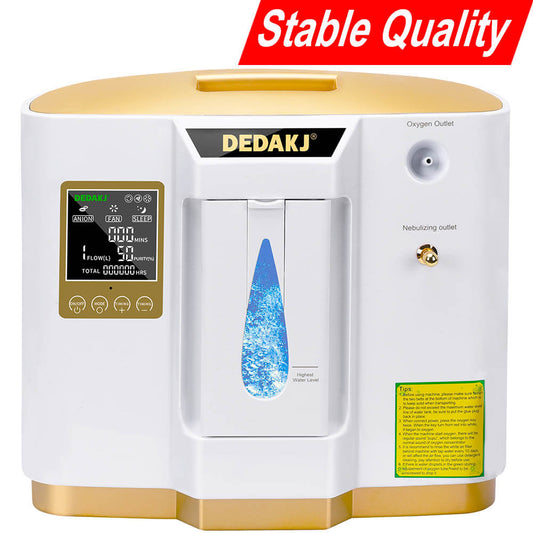A Detailed Guide On Home Oxygen Concentrator You Need To Know
If you’re suffering from low oxygen levels due to a respiratory condition such as chronic obstructive pulmonary disease (COPD), asthma, lung cancer, flu, your doctor may recommend the use of an oxygen concentrator.
A home oxygen concentrator may also be prescribed to a patient who needs a regular supply of oxygen when at home or asleep. Portable oxygen concentrators are also prescribed to patients who need a constant supply of oxygen when they’re on the go. Oxygen concentrators are life-saving machines that provide extra oxygen to your body when your oxygen levels drop. Getting an oxygen machine for home or travel use greatly help to boost the live activity, more comfortable, and more freedom.
If you’re looking to learn more about oxygen concentrators and how they work, you’re lucky. Below is a detailed guide on everything you need to know about this life-saving machine.






How a Home Oxygen Concentrator Works
A home oxygen concentrator provides supplemental oxygen to people with breathing issues. The machine is made up of several parts, including:
A nasal cannula or a nasal mask
A pressure valve
An oxygen tank
An air sieve bed filter
A compressor.
An oxygen machine sucks air through the compressor and into the sieve bed filter system. This system separates nitrogen and oxygen from the sucked air. Once the gasses are separated, oxygen is forced into the cylinder while nitrogen is released back into the air.
The oxygen gas is then passed through the pressure valve, which regulates it according to the recommended pressure levels. The pressurized oxygen is then dispensed to the patient’s airways through the nasal cannula or mask. An oxygen machine is also used with a pulse oximeter which helps monitor oxygen levels. You should place the pulse oximeter on your fingertip to measure the oxygen level in your blood.
A home use oxygen concentrator runs on electricity. On the other hand, a portable oxygen machine runs on a rechargeable battery.




How an Oxygen Concentrator Differs From an Oxygen Cylinder
A portable oxygen concentrator is different from an oxygen tank. The latter supplies you with gas or liquid oxygen while the former sucks in the air around you and supplies the flow of oxygen by filtering out nitrogen from the sucked air. Oxygen concentrators also give you a continuous supply of oxygen, unlike oxygen cylinders that need constant refilling.
Although they’re more expensive, oxygen concentrator machines are a one-time investment and do not have high operational costs as cylinders. The only downside of getting a portable oxygen concentrator is that it supplies between 5 and 10 liters of oxygen, making it unsuitable for patients who require higher levels of oxygen.
Who Should Use Oxygen Concentrators
Oxygen concentrators are recommended for patients who need moderate levels of oxygen or those with oxygen saturation levels of between 90% and 94%. They aren’t suitable for critically ill patients, patients in ICU, or those with oxygen saturation levels that are below 85%.
Also, a home or portable oxygen concentrator should only be used under medical guidance. If you have an oxygen concentrator for home use, always ensure you use it under your doctor’s guidance and according to the manufacturer’s instruction guidelines.
Other things to keep in mind while using a concentrator for your oxygen therapy include the following steps:
Set it up at least two feet away from your furniture or in an open space to prevent it from overheating.
Don’t use your home oxygen concentrator near a fire or while smoking.
Before using it, smoothen out any bends in the hose for an effective air supply.
Turn it on at least 15 minutes before you use it to enable proper air distribution.
Before using the device, ensure the concentrator’s air vents are open for effective airflow.
Always check your concentrator in case it beeps or sounds the alarm as something could be wrong.
Factors to Consider When Buying an Oxygen Concentrator
One of the factors to consider when shopping for a concentrator is the oxygen concentrator price. The cost of oxygen concentrators varies depending on the amount of oxygen the device produces per minute. You can always consult an authorized dealer of oxygen therapy products such as the No Insurance Medical Supplies to discuss the costs of the different oxygen concentrators.
In addition to the cost, other factors to consider when buying your oxygen concentrator include:
Oxygen flow rate - An oxygen concentrator flow rate is the rate the oxygen is dispensed from the machine to your airways per minute. While some concentrators have slow flow rates of about 250 milliliters per minute, others will have higher flow rates of about 2 liters per minute or more. Talk to your doctor so that they can recommend the ideal flow rate for your machine.
Oxygen concentration - Oxygen concentration refers to the percentage of pure oxygen supplied to your airways. The level of oxygen concentration depends on the device filtration system. Most oxygen concentrators have concentration values of between 87 and 99 percent.
Power use - Stationery oxygen concentrators such as the home units run on electricity. We wouldn’t recommend buying a concentrator with the lowest power consumption as your choice should largely depend on your oxygen needs. However, if you find that your concentrator is using too much power, you can talk to your power company. Let them know that you’re using medical equipment, and they might just give you a discount.
Portability - If you need a concentrator that you can use on the go, then we recommend that you get a portable oxygen concentrator. Portable concentrators, although expensive, are smaller and lighter than those meant for home use. Most of them weigh around 2 to 4 kgs. The downside is that these devices provide lower oxygen flow rates, making them suitable for patients that require low oxygen flow rates.
Noise level - Some concentrators are noisier than others. Fortunately, most modern concentrators are silent. Silent concentrators will usually have between 40 and 58 decibels of sound.
Accessories – Your oxygen concentrator should come with tubing and a nasal cannula. However, you can get additional accessories such as a mask, humidifier, an AC power cord, carrying case, or a rechargeable battery if you have a portable oxygen concentrator. Ensure your concentrator is compatible with different accessories and that you can easily access the device's spare parts in case they need to be replaced.
Warranty- Like most appliances, a concentrator will have a warranty. We offer 1 year quality to our customers, as in our oxygen store all oxygen generator machines are tested 3 time before the shipping.
Where To Get A Home Oxygen Concentrator
A home oxygen concentrator is a device that supplements your oxygen levels in case you have a breathing problem.
If you need an oxygen concentrator, you can always contact us. We will offer you professional advice and assess your oxygen therapy needs so that we can get you a concentrator that suits you.

DEDAKJ Oxygen Concentrator
Established in 1953, with ISO, CE, RoHS and PSE certifications, with medical oxygen concentrators and home oxygen breathing machines as the core, DEDAKJ is the top-rated oxygen concentrator supplier,offers the mini &small oxygen concentrator, household portable oxygen making machine, the medical grade 10 liter oxygen concentrator for hospitals &clinics.More The DEDAKJ Official Site offers the DEDAKJ original oxygen accessory oxygen parts & components. All DEDAKJ oxygen machine oxygen concentrators concentrador de oxigeno and original oxygen accessories of can be bought here.
Click the link below, buy home& portable oxygen concentrator near you:
Buy online the best quality portable oxygen concentrator in DEDAKJ website.
https://dedakjoxygenconcentrators.com/collections/top-sales-portable-oxygen-concentrator









